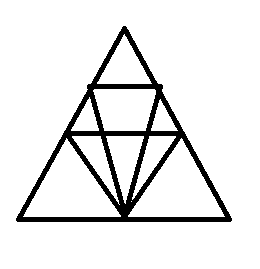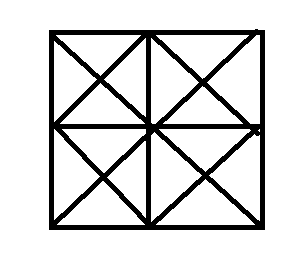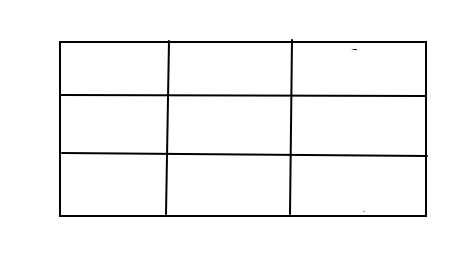Directions: A statement is given followed by two inferences I and II. You have to consider the statement to be true even if it seems to be at variance with commonly known facts. You have to decide which of the given inferences, if any, follow from the given statement.
Statement I: Classical Indian logicians (Naiyāyikas) define Upamāna (Comparison) as the cognition of the new object through similarity, known by another means of cognition.
Statement II: Naiyāyikas consider upamāna as a type of inductive reasoning and therefore view it as a type of inference (anumāna) only.
5Q:
Directions: A statement is given followed by two inferences I and II. You have to consider the statement to be true even if it seems to be at variance with commonly known facts. You have to decide which of the given inferences, if any, follow from the given statement.
Statement I: Classical Indian logicians (Naiyāyikas) define Upamāna (Comparison) as the cognition of the new object through similarity, known by another means of cognition.
Statement II: Naiyāyikas consider upamāna as a type of inductive reasoning and therefore view it as a type of inference (anumāna) only.
- 1Statement I is correct but Statement II is incorrectfalse
- 2Statement I is incorrect but Statement II is correcttrue
- 3Both Statement I and Statement II are correctfalse
- 4Both Statement I and Statement II are incorrectfalse
- Show AnswerHide Answer
- Workspace




